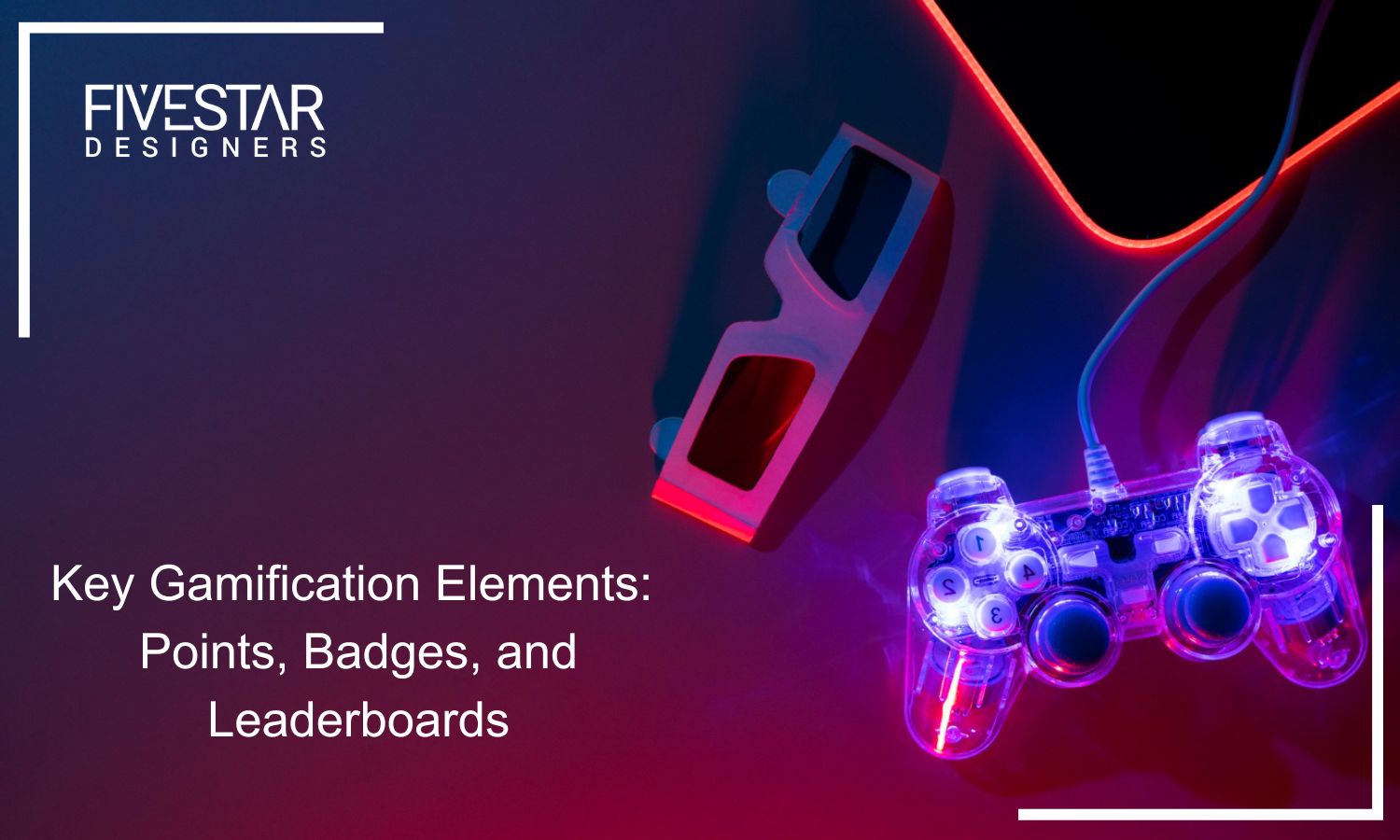In the digital age, capturing user engagement is a dynamic battleground. It requires businesses to innovate and adapt to resonate with user behaviour and preferences. Sustaining engagement is crucial for establishing a loyal customer base and remaining competitive. Gamification, the strategic infusion of game elements into non-game contexts, has emerged as a powerful weapon in this battle. Central to gamification’s success are three key components: points, badges, and leaderboards. These elements serve as the building blocks of motivation and engagement, offering users tangible rewards, recognition, and a competitive edge. In this comprehensive exploration, we’ll dissect each of these gamification tools, fortified with compelling statistics, to unveil the depths of their influence on human behaviour and decision-making. Now, let’s dive into the world of gamification and the essential elements that fuel it.
The Power of Points
Points are the fundamental building blocks of gamification. They serve as a measure of progress, an immediate reward, and a tool for motivating users to keep engaging with a product or service.
Immediate Gratification and Motivation
Points provide instant gratification. They create a sense of achievement with each completed task. According to a study by Badgeville, providing points for desired behaviours increases user activity by 600%. This instant reward system keeps users motivated and engaged.
Encouraging Desired Behaviours
Points can be assigned to specific actions or behaviours that organisations want to promote. For instance, in a learning app, points could be awarded for completing a quiz or watching a video lesson. According to Gabe Zichermann, a gamification expert, point-based systems increase desired behaviours by 60%.
Tracking Progress and Achievement
Points empower users to monitor their advancement and gauge their accomplishments. According to a Gigya survey, 68% of respondents expressed that the act of accumulating points for various activities serves as a motivating factor, with 42% affirming that they would be inclined to invest more time on a website if they were rewarded with points.
The Allure of Badges
Badges serve as symbols of achievement and recognition. They cater to our innate desire for status and a sense of accomplishment.
Psychological Recognition
Badges appeal to our psychological need for recognition and status. 89% of users believe that badges increase their level of engagement with an application, according to an Acquia survey.
Fostering a Sense of Accomplishment
Badges provide a tangible representation of progress and accomplishment. A study published in the Journal of Computer-Mediated Communication found that users who received badges for their achievements in online courses reported a greater sense of accomplishment and satisfaction.
Encouraging Exploration
Badges can promote exploration and engagement within an application or platform. Users are incentivized to try different features or complete various tasks to earn new badges. A survey by PwC found that 71% of respondents said they would spend more time on a site with a gamified system.
The Competitive Edge of Leaderboards
Leaderboards introduce an element of competition and comparison, making gamified experiences more engaging and immersive.
Competitive Spirit
Leaderboards tap into the competitive spirit that resides within most of us. When users see themselves ranked against others, it can motivate them to strive for a higher position. According to a report by eMarketer, 58% of users said that leaderboards motivated them to engage with an app more frequently.
Social Comparison
Leaderboards foster social comparison, which is a powerful motivator. Users strive to outperform their peers, driving increased engagement. A survey by BI Intelligence revealed that 57% of users are more likely to return to a site with competitive features like leaderboards.
Promoting Community and Collaboration
Leaderboards can also promote collaboration. Users can form teams or communities to compete collectively against others. This not only increases engagement but also creates a sense of community. In a survey by HubSpot, 48% of respondents said that leaderboards encourage them to work together with others.
The Ethical Considerations
While gamification elements like points, badges, and leaderboards are powerful tools, they come with ethical considerations:
Addiction and Overuse: Excessive gamification can lead to addiction or overuse. Developers must strike a balance between engagement and responsible usage.
Transparency: Users should be aware of the gamification elements and their purpose. Transparency ensures that users are making informed choices.
Fairness: Leaderboards should be fair and balanced, preventing users from feeling discouraged or unfairly treated.
Conclusion:
Gamification elements like points, badges, and leaderboards are boosting user engagement. They’ve proven effective in shaping positive user behaviour. With careful and ethical implementation, these elements create apps with captivating user experiences.
5StarDesigners a leading mobile game development company, uses gamification elements to ensure users enjoy recognition and motivation without negative consequences. We understand the psychology behind these components, crafting responsible and immersive engagement strategies. As the digital landscape evolves, gamification becomes pivotal in building user-centric experiences, and our innovative mobile app agency is leading the way in ensuring both businesses and users benefit from gamified engagement.



